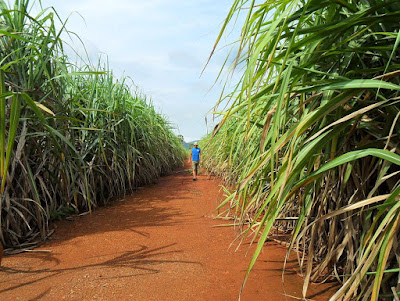Investment Opportunities on Sugarcane Cultivation in Tanzania
Aim:
To develop modern sugar operations drawing on Tanzania’s natural advantages for
sugarcane cultivation, and supply the large domestic and regional sugar markets.
Current situation:
• All 4 existing sugar estates and mills have been rehabilitated by local and international investors and production has increased very fast since privatization
in the early 2000’s, growing from 135,000 tons in 2001 to 300,000 tons sugar in 2011.
• As current estates reach peak production and expansion potential, the government has put a high priority on attracting investors to develop new Greenfield sugar projects.
• Attesting of the attractiveness of the sector in Tanzania, global sugar industry
players already present in Tanzania, Illovo and Tereos, are eager to explore these new opportunities.
Market Opportunity:
• With a rapidly growing population and rising incomes, the Tanzanian sugar market growth is estimated at 6% p.a.
• The current sugar supply gap is approximately 300,000 tons, expected to increase sharply as current farms are limited in their expansion.
• An additional 400,000 tons sugar supply gap is observed in the EAC common market region, progressing at >10% p.a., presenting a significant import substitution opportunity within a common market protected by a 30% external tariff.
• Booming global ethanol market favoring African producers and the local power market offers strong market opportunities for other sugar cane products and by-products.
Tanzania’s Competitive Advantage:
• With ideal soils and climate for sugar cane production, Tanzania boasts among the highest average cane yields in the World, at 120 tons/ha.
• With ample rainfall and generous rivers fed by the high hinterland plateaus, Tanzania has among the best irrigation potential in the sub-region.
• Soil and topography in target sugar zones are ideal for industrial sugarcane cultivation and the government is preparing new sites for Greenfield sugar projects.
• Under the
Southern Agricultural Growth Corridor of Tanzania (SAGCOT), numerous donors (World Bank, USAID, DfID, etc.) are investing in infrastructure and institutional capacity that will benefit investors.




Comments